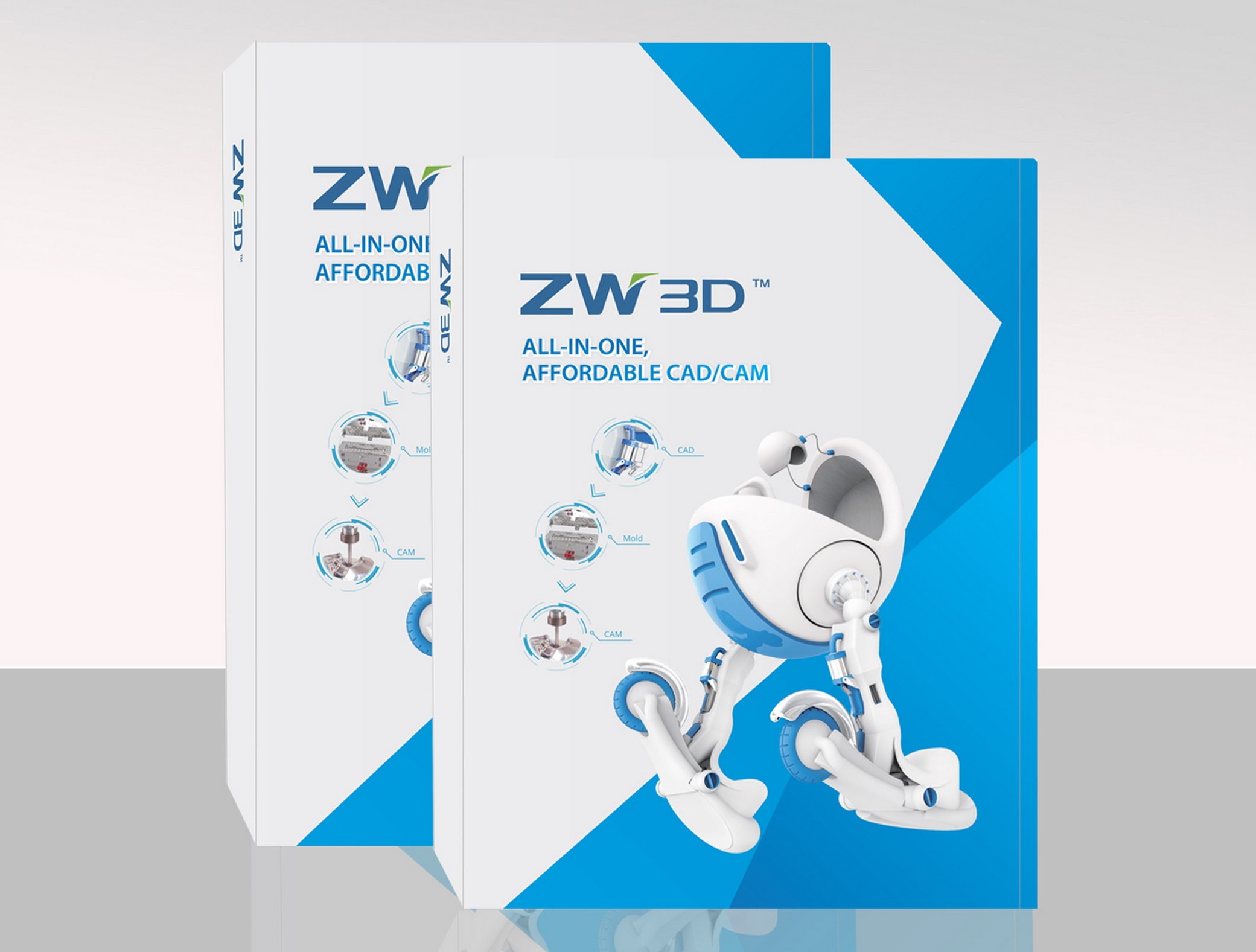


The new flat finishing operation can shrink programming time up to 50%, says ZW3D. The CAM functionality in ZW3D 2017 also offers a number of new features to improve the efficiency and reliability of CNC machining, according to ZW3D, including a new flat finishing operation and a new form cutter engraving.

Among its many new editing tools are an extend flange tool, a new bend taper feature and a new normal cut tool. Other sheet metal improvements debuting in ZW3D 2017 include enhanced full flange and partial flange functionalities that enable users to control dimensions with the drag of mouse. The brand-new jog helps users create two bends at one time to better suit design technology. The hem flange feature, explains the company, allows expanded flange creation with all necessary pre-defined hem types provided. Ltd.Įnhancements to ZW3D 2017’s sheet metal capabilities include a newly added hem flange and a new jog. Image courtesy of ZW3D/ZWCAD Software Co. For this reason, the ZW3D applications will probably need to be added as trusted applications to your personal firewall application to allow them to work together properly.Among the sheet metal enhancements introduced in the 2017 version of the ZW3D integrated CAD/CAM system are improvements to its full and partial flange capabilities. Many personal firewall applications incorrectly presume that software using the TCP/IP protocol always wants to communicate with the internet. You shouldn't rely on the default settings of any security software. This is something that has to be done with any firewall application. It just needs to be configured correctly for your system. If you are running a personal firewall, there is no reason to disable it while ZW3D is running. ZW3D uses the IPX protocol to get the MAC address of the network card for licensing purposes. The ZW3D rendering module is a separate executable that loads, communicates with ZW3D using the TCP/IP protocol and then shuts down. ZW3D does not at any time try to access the internet. ZW3D is using the TCP/IP and IPX protocols to perform LOCAL network connections. Those individuals who setup and administer firewalls should be very familiar with most of this information. The following information is for network administrators or IT security people and should not be of interest to the average user.


 0 kommentar(er)
0 kommentar(er)
